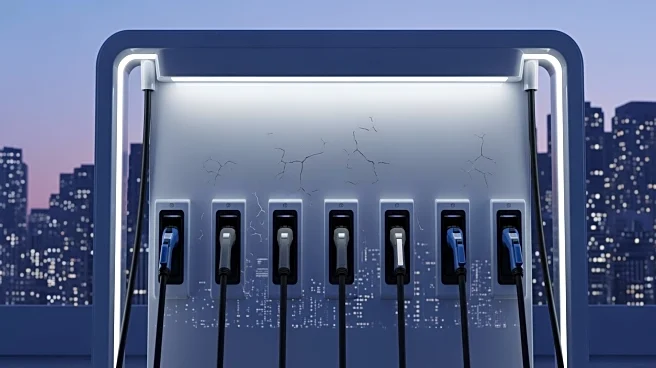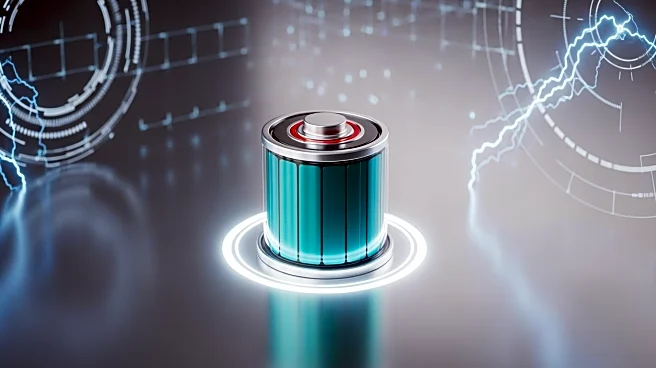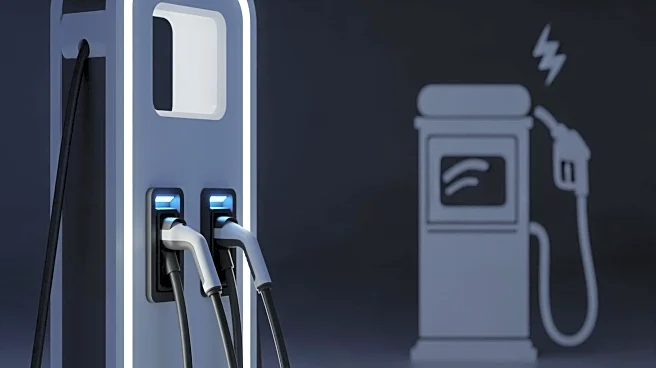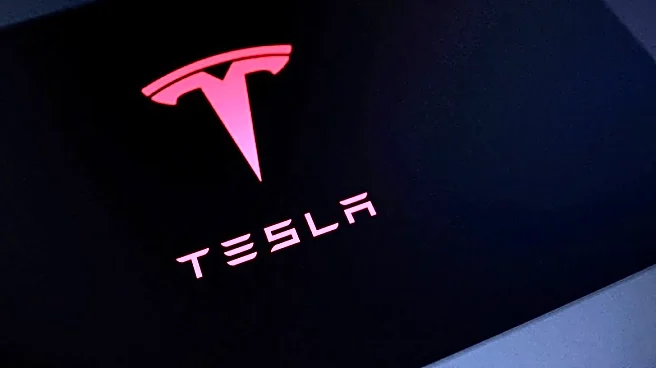What's Happening?
The third quarter of 2025 saw increased revenue and sales volumes for half of the 16 major global automakers, particularly those with significant exposure to the U.S. market. This surge was driven by the expiration of the $7,500 federal tax credit for electric
vehicles (EVs) at the end of the quarter, prompting consumers to accelerate their purchase plans. Automakers with a strong presence in the U.S. benefited from this temporary boost in demand, as buyers sought to take advantage of the tax credit before its expiration.
Why It's Important?
The end of the federal tax credit for EVs marks a significant shift in the U.S. automotive market, potentially affecting consumer purchasing behavior and automaker strategies. The temporary surge in sales highlights the importance of government incentives in driving EV adoption. As the market adjusts to the absence of this credit, automakers may need to explore alternative strategies to maintain sales momentum, such as offering competitive pricing or enhancing vehicle features. The expiration of the credit could also impact the pace of EV adoption in the U.S., influencing the industry's transition to sustainable transportation.
What's Next?
Automakers are likely to reassess their strategies in response to the expiration of the EV tax credit. This may include exploring new incentives, adjusting pricing models, or investing in marketing campaigns to sustain consumer interest in EVs. The industry will also be watching for potential policy changes or new incentives that could influence the market dynamics. As the U.S. continues to navigate its transition to electric mobility, automakers will need to adapt to evolving consumer preferences and regulatory landscapes.














